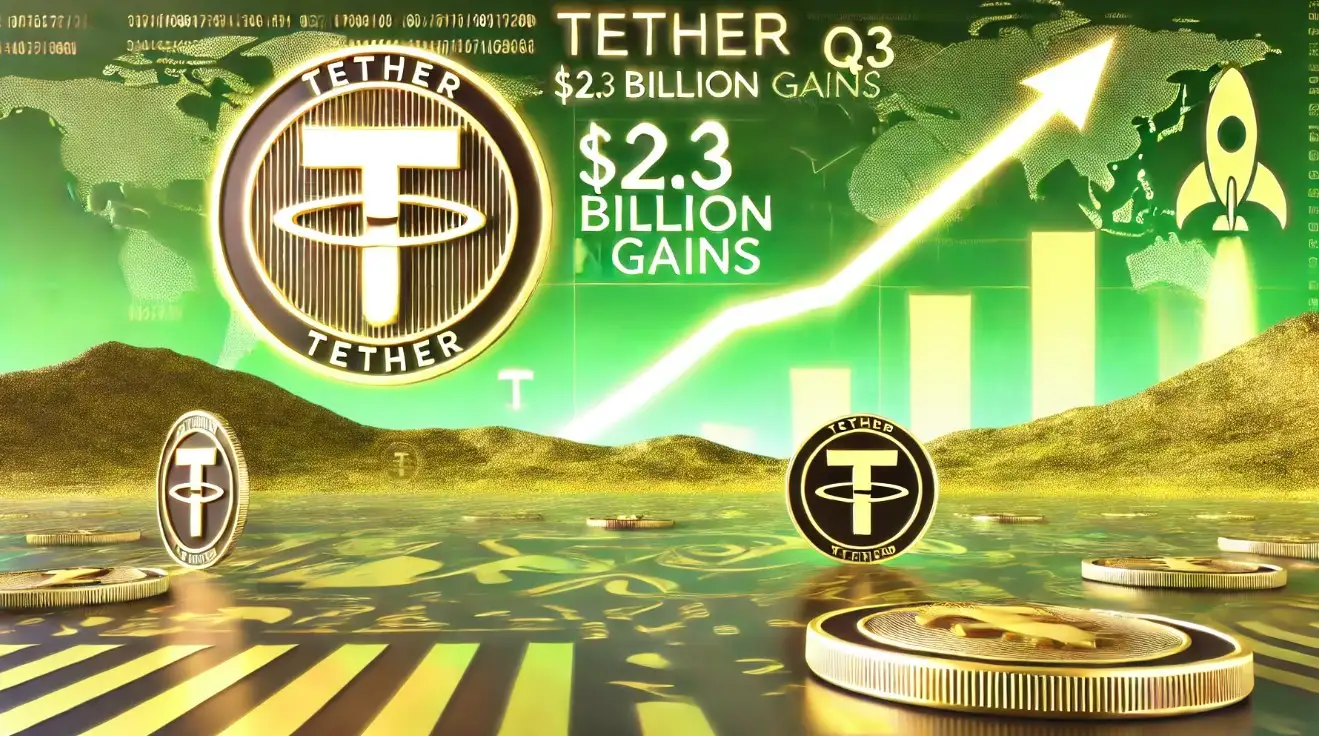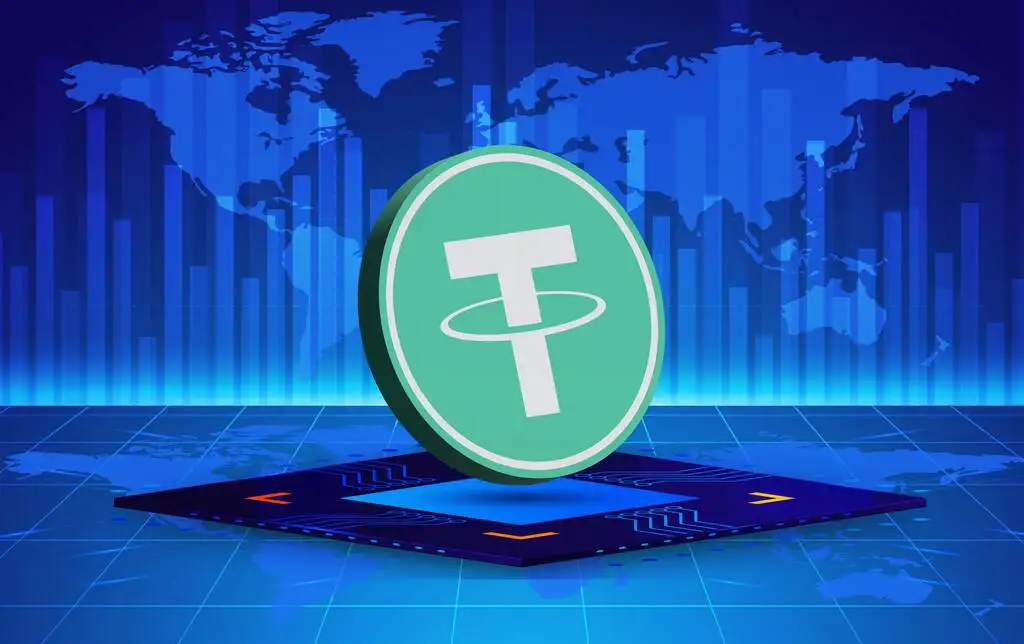
Cryptocurrencies have evolved from obscure tech experiments to global financial assets within just over a decade. Among them, USDT (Tether) stands out not as a coin with moonshot aspirations but as a foundation of stability. As a stablecoin, USDT plays a pivotal role in digital finance, bridging the gap between traditional currencies and the volatile crypto world.
In this article, we’ll explore what USDT is, how it works, its benefits, common use cases, and why investors and traders consider it an essential part of their crypto portfolio.
What Is USDT (Tether)?
USDT, or Tether, is a stablecoin—a type of cryptocurrency designed to maintain a 1:1 peg with a fiat currency. In USDT’s case, it’s pegged to the U.S. dollar. For every USDT token issued, Tether Ltd claims to hold an equivalent amount in fiat reserves, including cash, cash equivalents, or other short-term assets.
Launched in 2014, USDT aimed to combine the best of both worlds:
-
The instantaneous, decentralized nature of cryptocurrencies
-
The price stability of fiat currencies
The idea was simple yet powerful: to create a digital dollar that could move freely on the blockchain, allowing users to bypass slow banking systems and mitigate crypto market volatility.
Why Is USDT So Important in Crypto?
In a market where coins can gain or lose 20% of their value in a day, stability is rare—and valuable. USDT serves several critical roles in the crypto economy:
1. Trading Pair Standard
Most centralized exchanges (like Binance, KuCoin, and OKX) and many decentralized ones use USDT as a base trading pair. This means you can buy or sell nearly any coin using USDT. It offers traders an easy way to park profits or manage exposure without withdrawing to fiat.
2. Hedge Against Volatility
During market downturns, investors often "cash out" into USDT to protect their portfolio value. This process is often referred to as “going into stablecoins.” Rather than converting back into traditional fiat (which takes time and fees), they can stay in crypto and remain liquid.
3. Cross-Border Transfers
USDT allows for instant, low-cost global money transfers. Unlike traditional wire transfers that can take days and incur high fees, sending USDT can take seconds to minutes and cost a fraction in fees—especially on faster chains like Tron or Solana.
4. DeFi and Yield Farming
In decentralized finance (DeFi), USDT is frequently used as collateral or a liquidity provider in lending platforms and decentralized exchanges. Users can earn passive income by staking or farming USDT in protocols offering attractive interest rates, often ranging from 4% to 20% APY.
How Does USDT Maintain Its Peg?
USDT maintains its peg through centralized control by Tether Ltd. The company issues and redeems tokens based on demand. When new USDT is minted, it's backed by a combination of:
-
U.S. dollars held in reserve
-
Treasury bills
-
Commercial paper (historically, although they've reduced this)
-
Other cash-equivalent assets
Critics have long questioned whether Tether truly holds a 1:1 reserve. Although the company has released periodic attestations, full audits are still pending. Nonetheless, USDT continues to function smoothly, suggesting broad trust within the crypto space.
USDT vs Other Stablecoins
USDT isn’t the only stablecoin in the market, but it is by far the most widely used. Here’s how it compares to its main competitors:
USDT’s dominance stems from its wide availability, deep liquidity, and long-standing presence in the market.
Where Can You Use USDT?
You can use USDT in numerous crypto ecosystems:
1. Crypto Exchanges
Most centralized exchanges offer USDT wallets, and it is the base pair for thousands of cryptocurrencies. Popular platforms include:
-
Binance
-
OKX
-
KuCoin
-
Bybit
2. DeFi Platforms
Protocols like Aave, Curve, and Compound allow users to lend or borrow USDT. You can earn interest, provide liquidity, or farm rewards.
3. Crypto Wallets
USDT is supported by nearly every major wallet, including:
-
Trust Wallet
-
MetaMask
-
Ledger (hardware wallet)
-
Exodus
4. Online Payments
Some merchants and freelancers accept USDT as payment. It's especially popular in regions with unstable national currencies, like Argentina, Nigeria, and Venezuela.
How to Buy and Store USDT
1. Buying USDT
You can purchase USDT through:
-
Crypto exchanges (with fiat or crypto)
-
Peer-to-peer (P2P) platforms
-
Crypto ATMs (in some regions)
Make sure you choose the correct blockchain network when withdrawing or transferring USDT. The most popular ones include:
-
ERC-20 (Ethereum)
-
TRC-20 (Tron – cheaper and faster)
-
BEP-20 (Binance Smart Chain)
2. Storing USDT
USDT can be stored in:
-
Centralized exchange wallets (convenient, but less secure)
-
Non-custodial wallets like Trust Wallet, MetaMask, or hardware wallets
-
Cold storage (air-gapped devices, safest for long-term)
Is USDT Safe?
USDT is widely used and trusted, but it’s not without risk:
✅ Pros:
-
High liquidity and global recognition
-
Fast transfers with low fees on certain chains
-
Easy on-ramp to other crypto assets
⚠️ Cons:
-
Centralized: Controlled by Tether Ltd
-
Reserve transparency: Not fully audited
-
Regulatory risk: Could face scrutiny by governments
For most users, holding small to medium amounts of USDT for trading, transfers, or short-term savings is considered low-risk. However, large institutional investors may prefer fully audited options like USDC.
Using USDT to Make Profit
Many investors use USDT not just to hedge, but to earn:
🔹 Staking & Lending
Platforms like Nexo, Binance Earn, and Crypto.com offer APYs on USDT deposits.
🔹 Arbitrage
Traders exploit price differences of USDT pairs across platforms to make small, frequent profits.
🔹 Yield Farming
In DeFi, liquidity pools offer high returns for supplying USDT to smart contracts—though this comes with higher risk.
Regulation and the Future of USDT
Tether has faced investigations and fines in the past, notably by the New York Attorney General in 2021. However, it continues to evolve, releasing transparency reports and shifting reserves toward safer assets like short-term U.S. treasuries.
As governments around the world develop Central Bank Digital Currencies (CBDCs), the role of stablecoins like USDT may change. But for now, they remain a crucial financial bridge between traditional money and decentralized finance.
Final Thoughts: Why USDT Matters
USDT’s importance in crypto cannot be overstated. It provides a safe harbor, a medium of exchange, and a liquid asset for millions of users around the world. Whether you're a trader, investor, business owner, or someone simply trying to move funds across borders, USDT is a reliable tool in your digital toolbox.
As always, investors should do their own research and remain cautious of the risks that come with centralized stablecoins. But in the ever-changing landscape of crypto, USDT remains a bedrock of stability.



